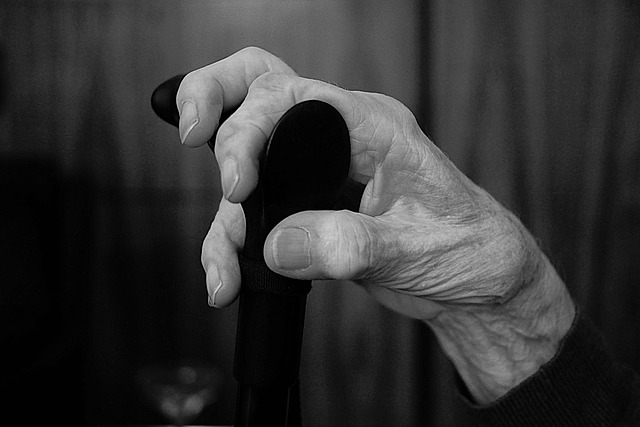Eugene, Oregon, stands out as a leader in creating an inclusive transportation network by prioritizing wheelchair accessibility. The city retrofits and replaces buses with low-floor models, offers door-to-door paratransit services, and introduces dedicated wheelchair spaces on all public transit vehicles. These initiatives ensure mobility freedom for residents with disabilities, setting a model for other cities aiming to make their systems wheelchair accessible.
“Discovering Accessible Mobility in Eugene, Oregon: Transforming Transportation for All
Eugene’s commitment to making transportation more inclusive is evident through various projects aimed at providing wheelchair accessible options. This article explores the city’s current initiatives, highlighting successful public transport integrations and community impact. We delve into innovative developments, including technological advancements, that are revolutionizing mobility access. Furthermore, it examines the critical role of community engagement in shaping a future where everyone, regardless of ability, can navigate Eugene effortlessly.”
- Current Initiatives for Wheelchair Accessible Transportation in Eugene Oregon
- – Overview of existing public transport options
- – Success stories and positive impacts on the community
Current Initiatives for Wheelchair Accessible Transportation in Eugene Oregon

Eugene, Oregon, is making significant strides in ensuring that everyone, including those with disabilities, has access to efficient transportation options. One notable focus area is enhancing wheelchair accessibility across various transport systems. The city’s current initiatives prioritize improving bus services by retrofitting or replacing buses with low-floor models, making it easier for individuals using wheelchairs to board and exit. These efforts are coupled with the implementation of accessible paratransit services, providing door-to-door transportation for those who cannot use regular bus services due to mobility challenges.
Additionally, Eugene is exploring innovative solutions like dedicated wheelchair spaces on all public transit vehicles, ensuring adequate room for passengers using wheelchairs and their accompanying equipment. The city’s commitment to these initiatives reflects a broader goal of creating an inclusive environment where everyone can navigate the urban landscape with ease, fostering a more connected and accessible community for wheelchair users in Eugene Oregon.
– Overview of existing public transport options

In Eugene, Oregon, accessibility in public transportation is a top priority, reflecting the city’s commitment to inclusivity for all residents, including those with disabilities. The existing public transport system offers a range of options tailored to cater to diverse mobility needs. Buses in Eugene are equipped with features like low-floor entrances and dedicated spaces for wheelchairs, making it easier for individuals using mobility aids to navigate the city.
Additionally, the Lane Transit District (LTD) provides comprehensive services, including accessible fixed-route buses and paratransit options for those who cannot use regular bus service due to disabilities. These initiatives ensure that wheelchair accessible Eugene Oregon is not just a slogan but a reality, facilitating independent travel for all citizens.
– Success stories and positive impacts on the community

In Eugene, Oregon, numerous transportation projects have been successfully implemented to enhance accessibility for individuals with disabilities, particularly those using wheelchairs. These initiatives have had a profound impact on the community, breaking down barriers and promoting inclusivity. One notable success story is the recent upgrade of public bus stops across the city, which now feature improved lighting, secure bike racks, and most importantly, wheelchair ramps, making it safer and easier for people with mobility challenges to board buses. This simple yet effective change has led to increased independence for many residents who rely on public transport.
Additionally, the expansion of paratransit services catering specifically to individuals with disabilities has been a game-changer. These door-to-door services ensure that those unable to use conventional bus routes can still access transportation. The positive impact is evident in the increased participation of people with disabilities in community events and daily activities, fostering a more connected and accessible society. Eugene’s commitment to making its transportation systems wheelchair accessible has undoubtedly improved the quality of life for its residents, setting an example for other cities to follow.
